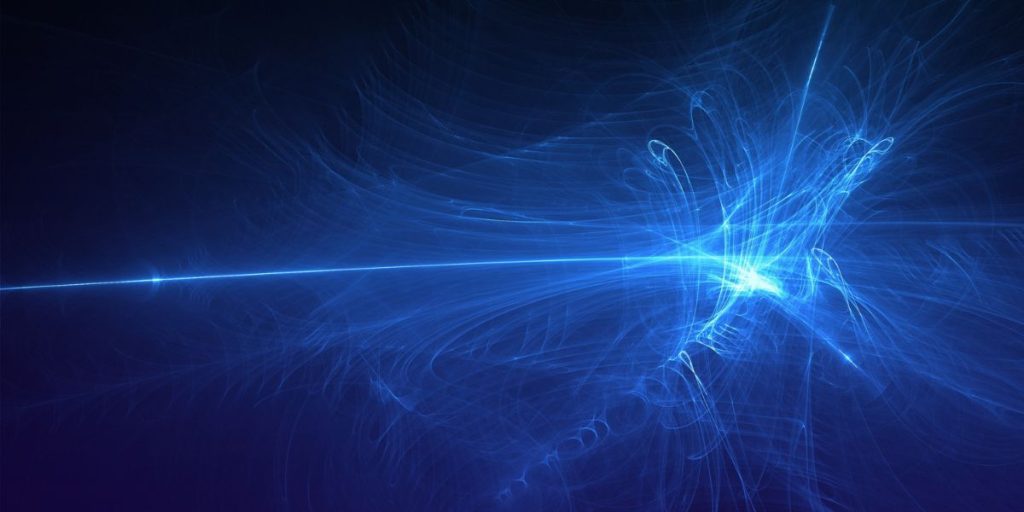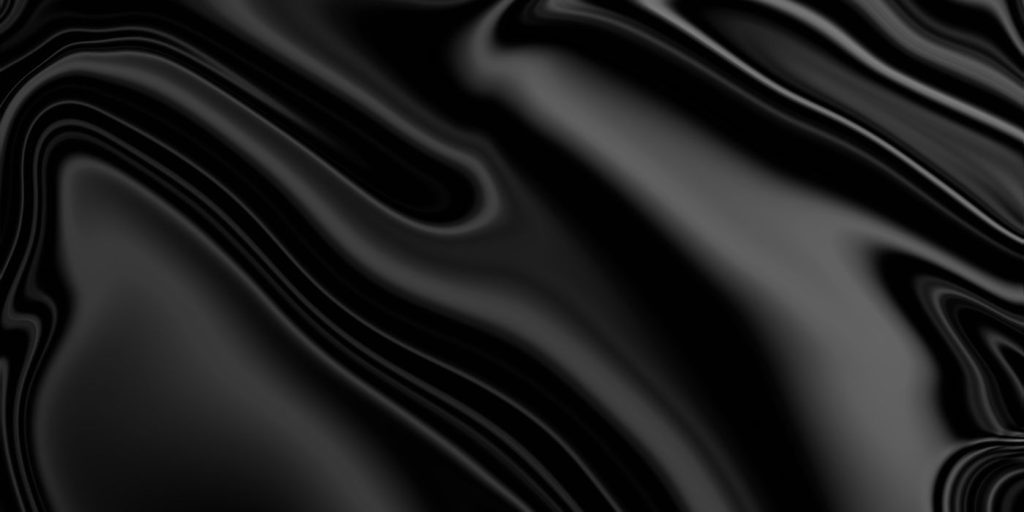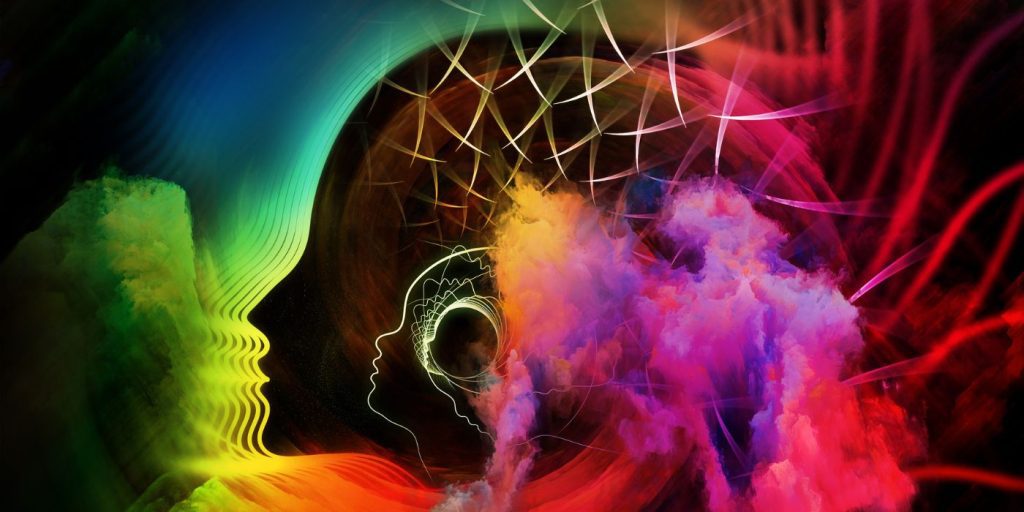The psychology of colors in marketing is how colors can affect consumer behavior and perceptions. Color is important in how consumers perceive a brand, as different colors evoke different emotions and feelings. By understanding the psychology of color, companies can use colors to create a strong brand identity and influence customer decisions.
Color can highlight specific product or service features, influence consumer behavior, and most importantly improve sales. However, it’s important to remember that the meaning of colors can vary between cultures. For instance, while white may represent purity in some cultures, it may be associated with death in others.
To create effective marketing materials for global audiences. It’s crucial to understand your audience by researching the cultural background of specific colors and using what makes sense in each market to capture your audience’s attention the way you intend.
The Psychology of Red

There is a reason why red has been one of the most widely used colors in marketing for centuries. From shop signs to logos, and websites to packaging, red can be seen everywhere. Research shows that people perceive red as passionate, bold, and exciting. It also has the ability to stand out from other colors and draw attention quickly.
Red is often associated with power and authority, which makes it great for getting noticed or creating a sense of urgency. For instance, when companies use it for sale signs or discounts. It can also summon strong emotions of urgency, making it perfect for customer responses.
The psychology behind the color red is key if you’re looking to use it as part of your strategy. Red is a great color for drawing attention, creating a strong impression, and evoking emotions. When used correctly, it can be an incredibly effective way to capture the attention of potential customers.
The Psychology of Blue

Marketing experts often use the color blue due to its ability to create a positive emotional response and establish a sense of trust. Studies have revealed that blue is the most universally favored color, with men showing a greater preference for it than women.
The effects of blue on people can vary depending on the shade used. Generally speaking, lighter shades of blue tend to be associated with feelings of calmness. In contrast, darker shades are often seen as dependable and honest. Blue is also connected with intelligence and communication, making it an excellent choice for brands looking to convey those qualities.
When using blue in your design, it’s important to consider how your target audience will interpret different shades. For example, a light sky blue may be seen as friendly and approachable, while a deep navy blue could be viewed as more serious.The psychology behind each shade of blue ensures that your brand communicates the right message to your customers.
The Psychology of Green

Green is a powerful color in marketing that can influence consumer behavior and perception. The psychology of green suggests that it often has strong associations with nature, peace, growth, and healthiness.
It’s a color that encourages people to purchase eco-friendly products and services and promotes sustainable living practices. When used correctly, green can help brands create an emotional connection with their customers by conveying messages of trustworthiness and care for the environment.
When used correctly, green can be a influential tool to help brands stand out in an ever-evolving market. With the right strategy and creative execution, businesses can use this color to their advantage in order to increase sales and create strong customer relationships.
The Psychology of Yellow

The psychology of yellow is complex and multifaceted. On one hand, yellow can be bright and intense, quickly grabbing attention and stimulating the senses. It has been linked to cheerfulness, happiness, and energy.
However, It can also help improve analytical thinking and promote creativity in problem-solving. But on the other hand, negative associations with yellow include illness, caution, egotism, and anxiety.
A marketer looking to use the color yellow in campaigns or products will want to consider how yellow might influence consumer behavior. For example, if you want to create a sense of energy or optimism around your product or brand, using yellow could be a great way to do that.
If you want to elicit feelings of trustworthiness or loyalty, then you may want to consider other colors instead. Ultimately it comes down to understanding your audience and how it can affect consumer behavior. The psychology of color and how it can affect consumer behavior to make informed decisions.
The Psychology of Orange

Orange can evoke reactions from consumers. With oranges warm essence, It is often used to draw attention and create a sense of safety or alertness. Orange can effectively increase the visibility of products and brands as it stands out from other colors in the spectrum.
When used correctly, orange can help brands connect with their target audience. When using this color in marketing campaigns, it is important to consider how different shades of orange will affect your message. For example, lighter shades of orange are associated with joy and energy, while darker shades are associated with strength and power.
Overall, orange is an effective color for marketing campaigns as it induces strong emotions and draws attention to products or services. When used strategically, it can help brands create a lasting impression on their target audience and increase visibility for their products or services.
The Psychology of Purple

Purple is a unique color in marketing, as it’s associated with creativity, luxury, and sophistication. Many businesses use purple to give their products or services a sense of power and importance. It is also used to evoke feelings of trust and loyalty from customers, creating an atmosphere of quality and reliability that they can count on.
As the color has been known to be associated with royalty for centuries, many brands use it to give off an aura of grandeur and prestige. In addition, purple often signifies wisdom, inspiration, and imagination. Qualities that any business can benefit from when engaging with customers. While purple might not be the most popular choice for colors used in marketing, its associations make it an excellent option for those looking for something a bit different than the typical hues.
So, if you want to give your marketing efforts a bit of an edge and stand out from the competition, don’t forget about purple! With its ability to elicit strong emotions, convey trustworthiness, and offer a hint of luxury, it might be the perfect choice to capture an audience looking to support a luxury brand.
The Psychology of Black

The psychology of black in marketing is an important factor that many businesses consider when designing and marketing their products. Black is often associated with power, sophistication, strength, elegance, and mystery. A popular choice for branding or as a way to make a statement.
For example, black can convey luxury or exclusivity and help create a sense of trustworthiness or dependability. Additionally, studies have found that black also helps attract attention quickly and draw focus to messages and products. With this powerful psychological tool, you can use black in your marketing strategy to communicate effectively with your target audience.
The color black can allow brands create meaningful connections with their customers while making an impactful statement. By leveraging black in your marketing materials, you can create a strong brand message that resonates with your audience and leaves a lasting impression.
The Psychology of White

White has long been associated with purity, cleanliness, and innocence. As such, it has become a popular choice for marketing campaigns across the world. Marketers often use white to create an air of professionalism, sophistication, and trustworthiness.
The psychology of using white in marketing also extends beyond creating an aura of trust and professionalism. It can also induce feelings of peace, and relaxation – perfect for conveying messages intended to promote healing or self-care. No matter what message you’re trying to convey, the psychology of white in marketing can be used to effectively communicate your brand’s values to customers.
Conclusion
In conclusion, the choice of colors for a brand plays a crucial role in its marketing success. Colors have the power to evoke emotions, convey messages, and create lasting impressions on consumers. By selecting the appropriate color palette, brands can effectively communicate their values, personality, and target audience.
In a highly competitive market, it is essential for businesses to stand out and make a memorable impact. Carefully chosen colors can help achieve this goal, contributing significantly to a brand’s overall recognition, customer loyalty, and ultimately, its bottom line.
Frequently Asked Questions
How Does Color Theory Impact Marketing?
Color theory has been around for many centuries, but its application to marketing is relatively new. In fact, the use of color theory in marketing only rose to prominence during the 20th century. Brands started to recognize how colors can help them communicate their message and attract customers. Since then, marketers have become increasingly aware of how they should use different colors to create an emotional response in their target audience.
Why Is Color Psychology Important in Advertising?
Color psychology is an important factor in advertising because it can influence the way a customer views and interacts with a product or service. Colors are more than just visual stimuli. They evoke emotions, ideas, and feelings associated with the product or brand being advertised.
In some cases, consumers may even make purchasing decisions based on how a particular color resonates with them. For example, the color red has been linked to excitement and energy, while blue has been associated with trustworthiness and dependability.
By understanding the psychological implications of each hue, advertisers can craft ads that speak directly to their target audience’s needs. Additionally, by using colors thoughtfully in ads. Businesses can create a lasting impression for potential customers that helps differ from their competition.
What Color Attracts the Most Attention in Advertising?
It’s no secret that color can be powerful in advertising. It has the power to capture attention and draw in customers. The most attention-grabbing color, according to research and studies, is red.
Studies have found that including red into an advertisement increases viewer engagement, with people being drawn toward the bright hue. It also tends to evoke feelings of urgency and excitement.
However, it should be noted that the effectiveness of red will depend on a variety of factors. Including context and target audience, so it’s important to consider how your audience may respond before using this color.







